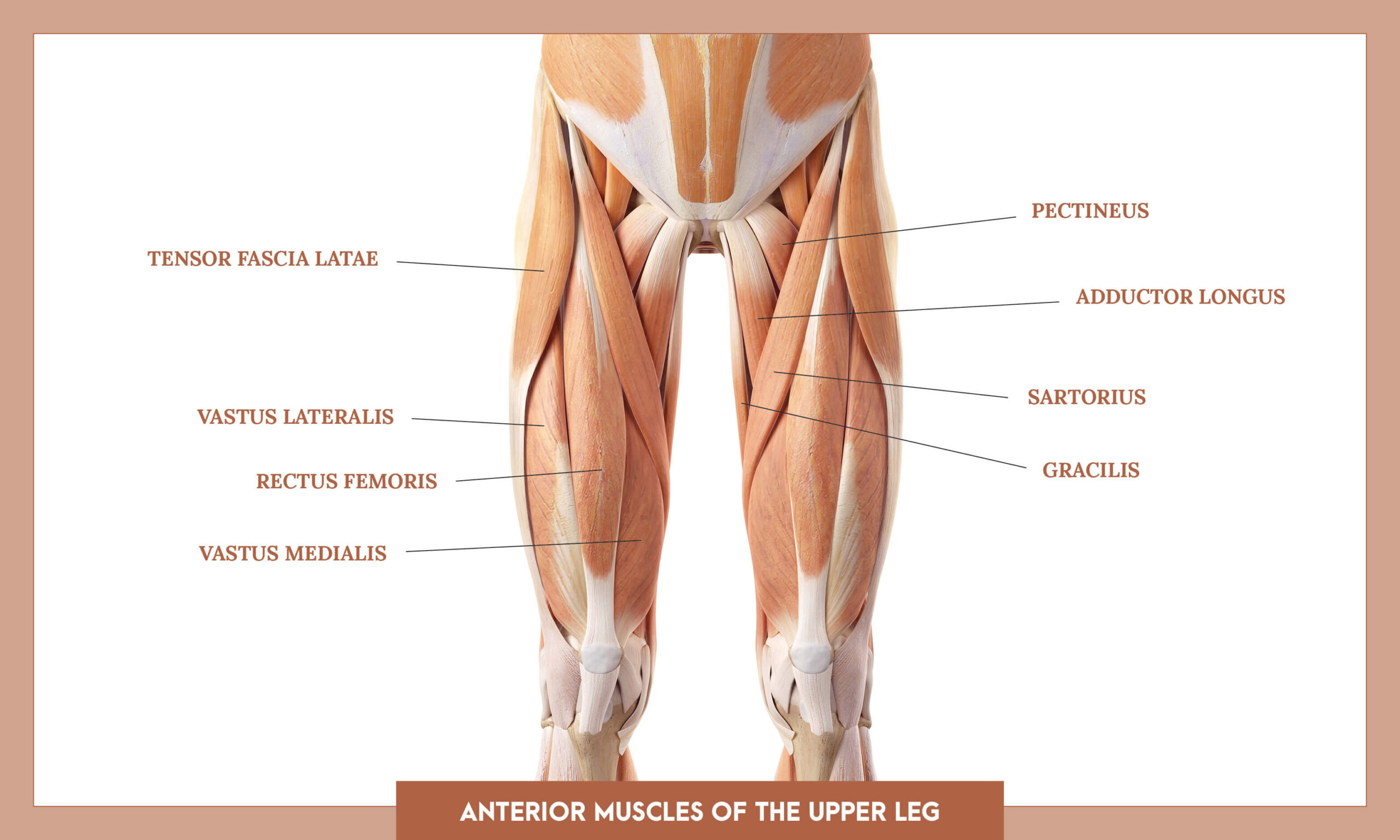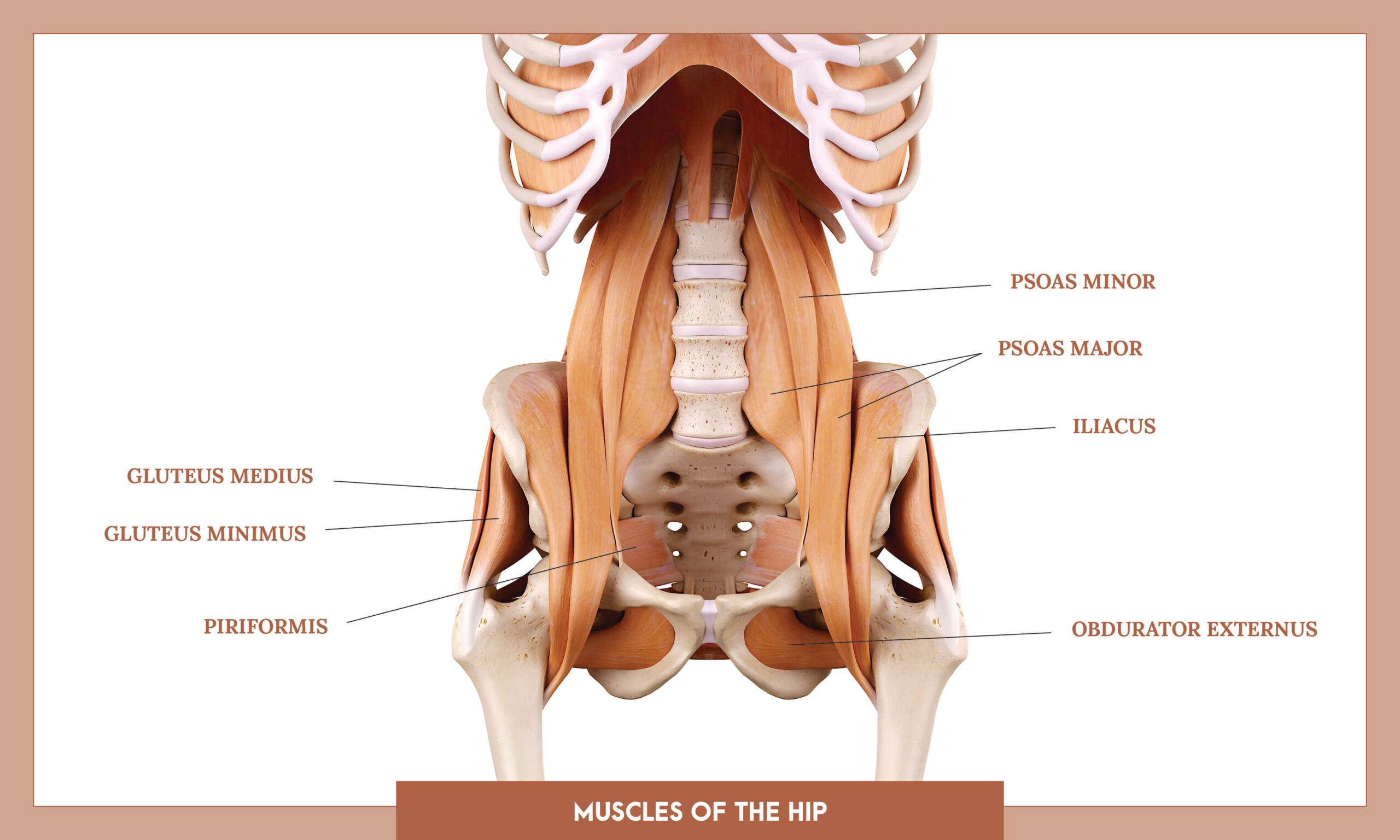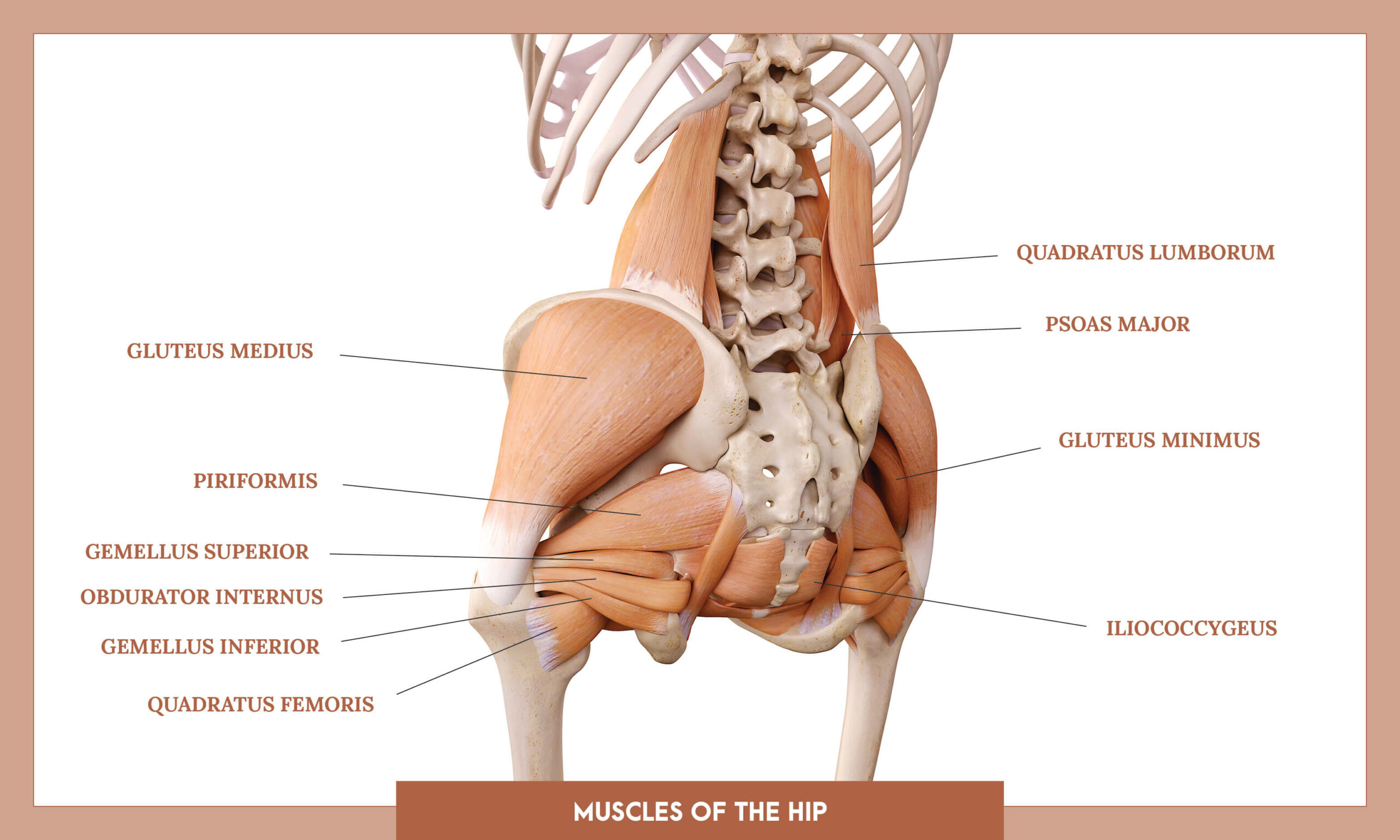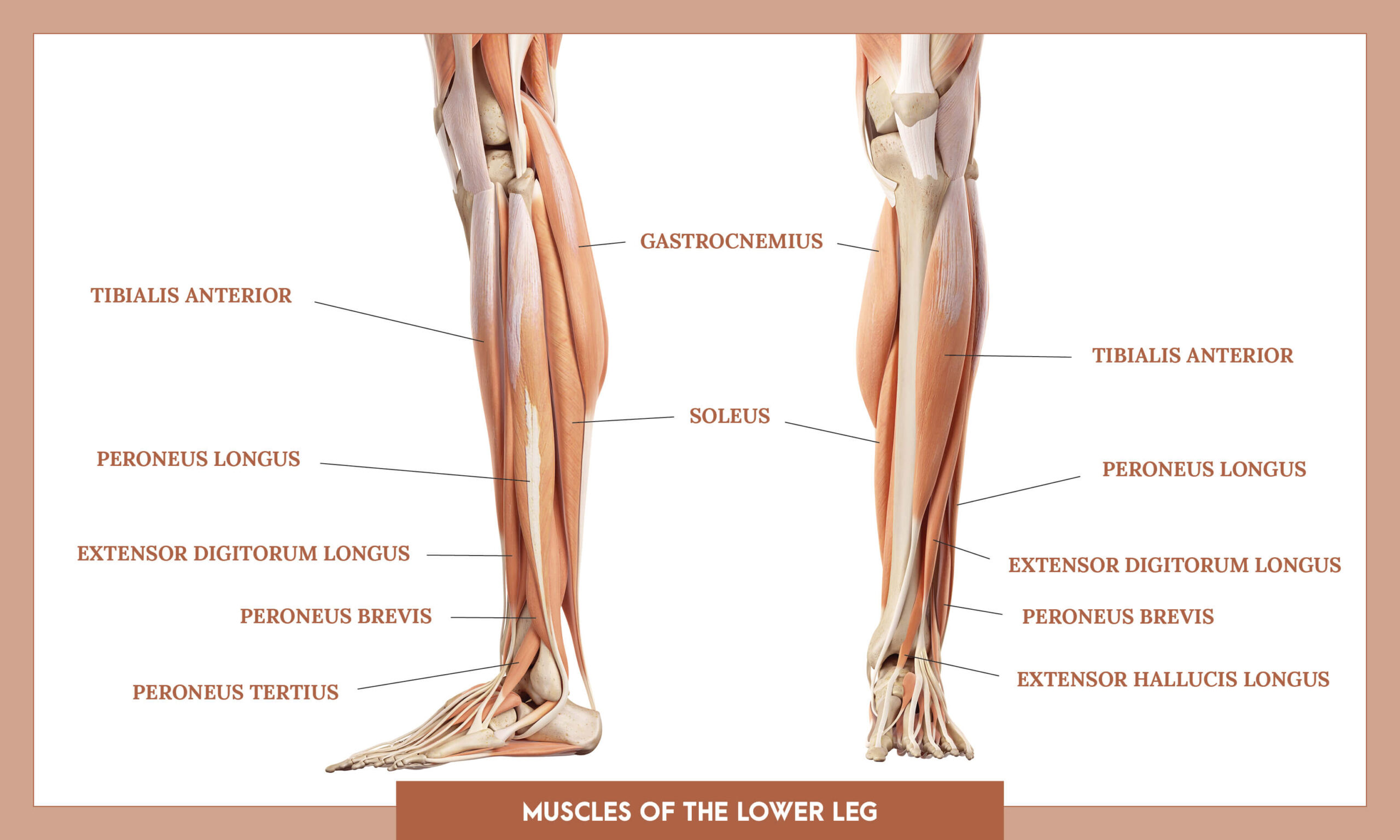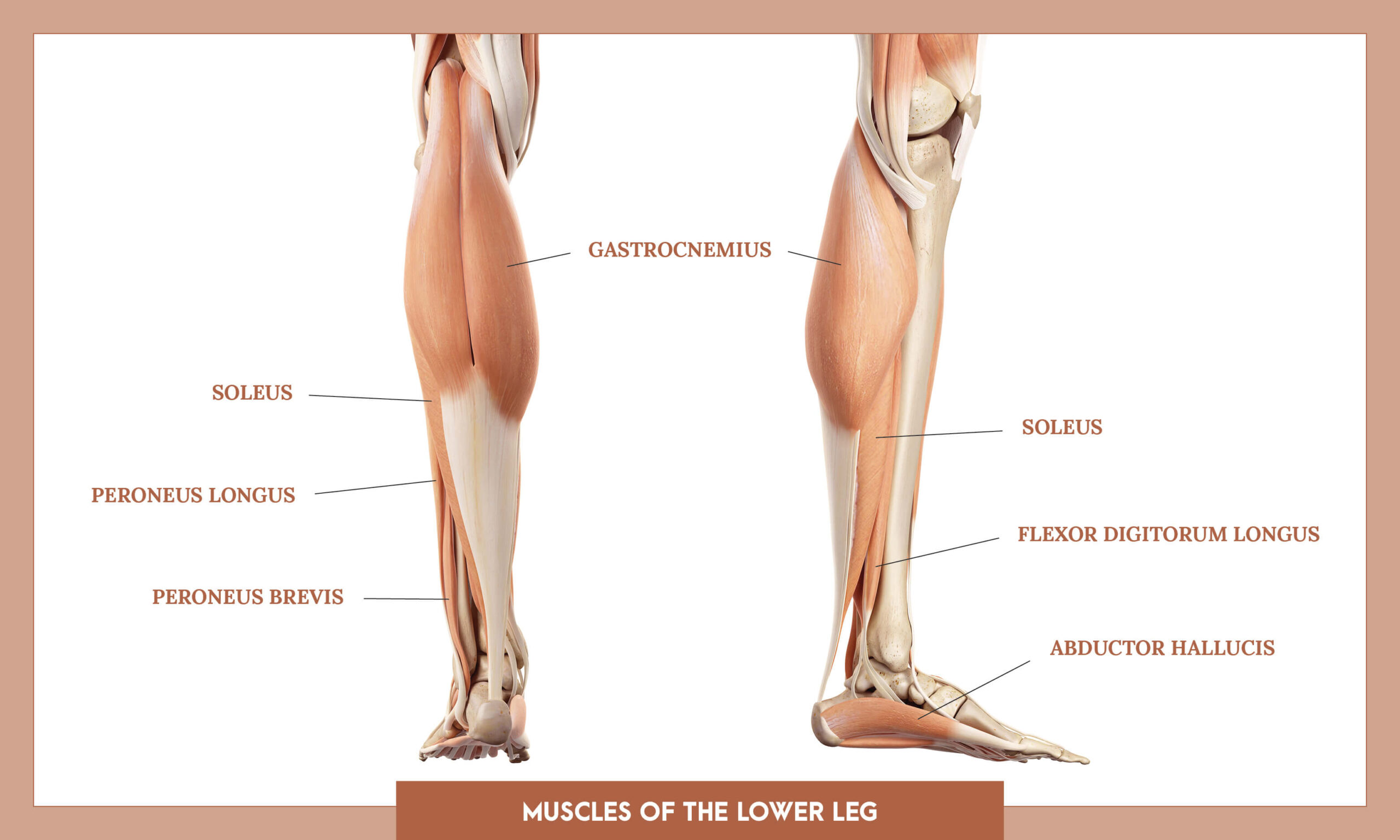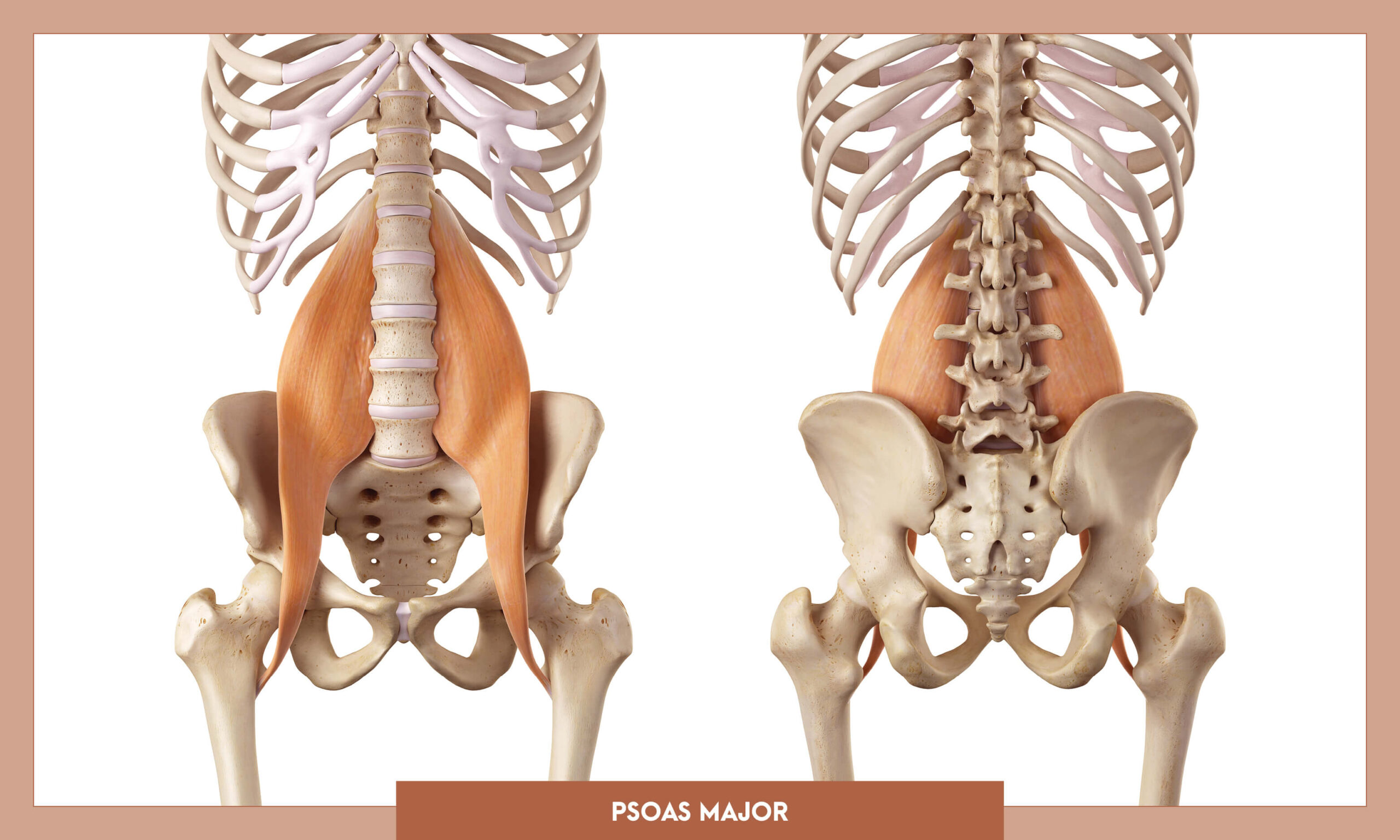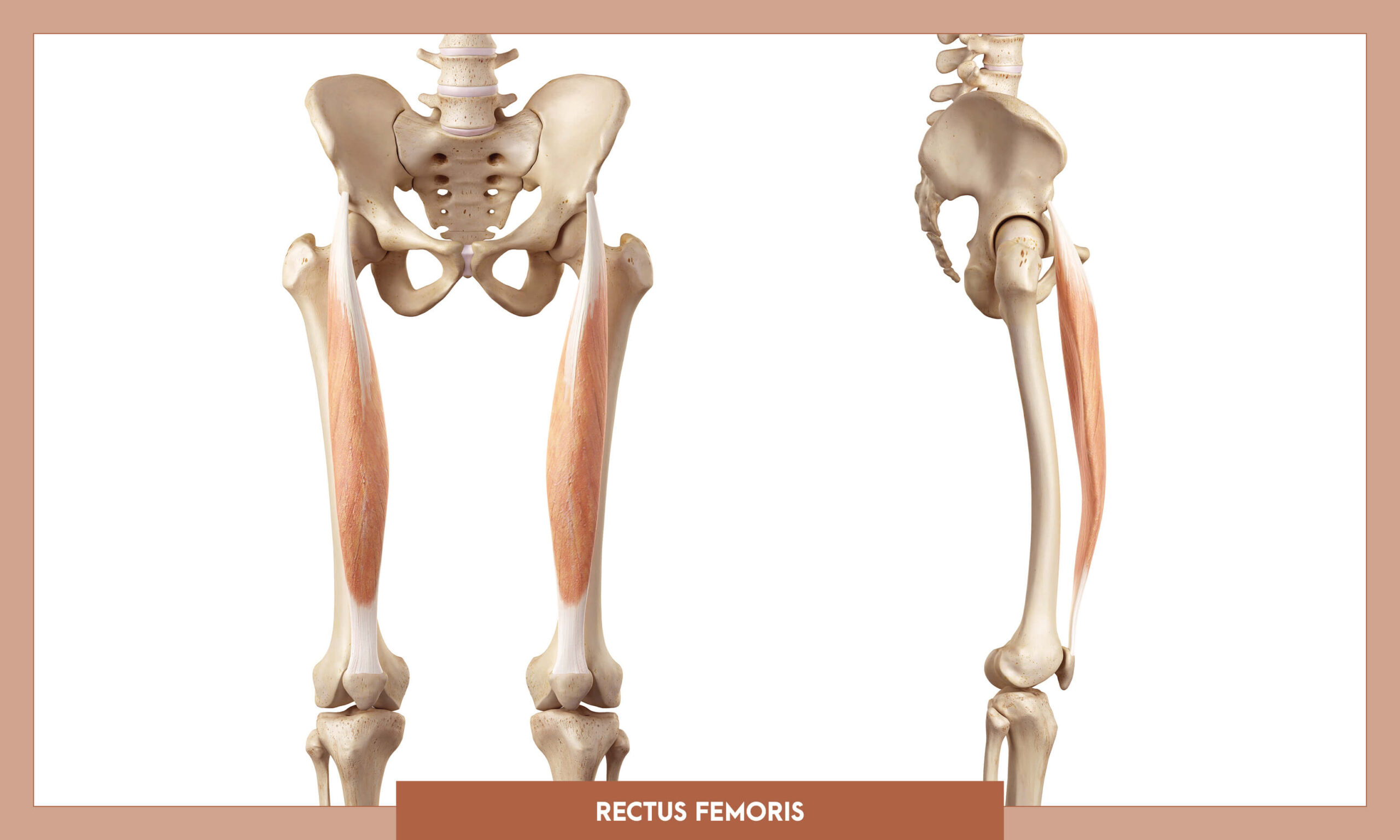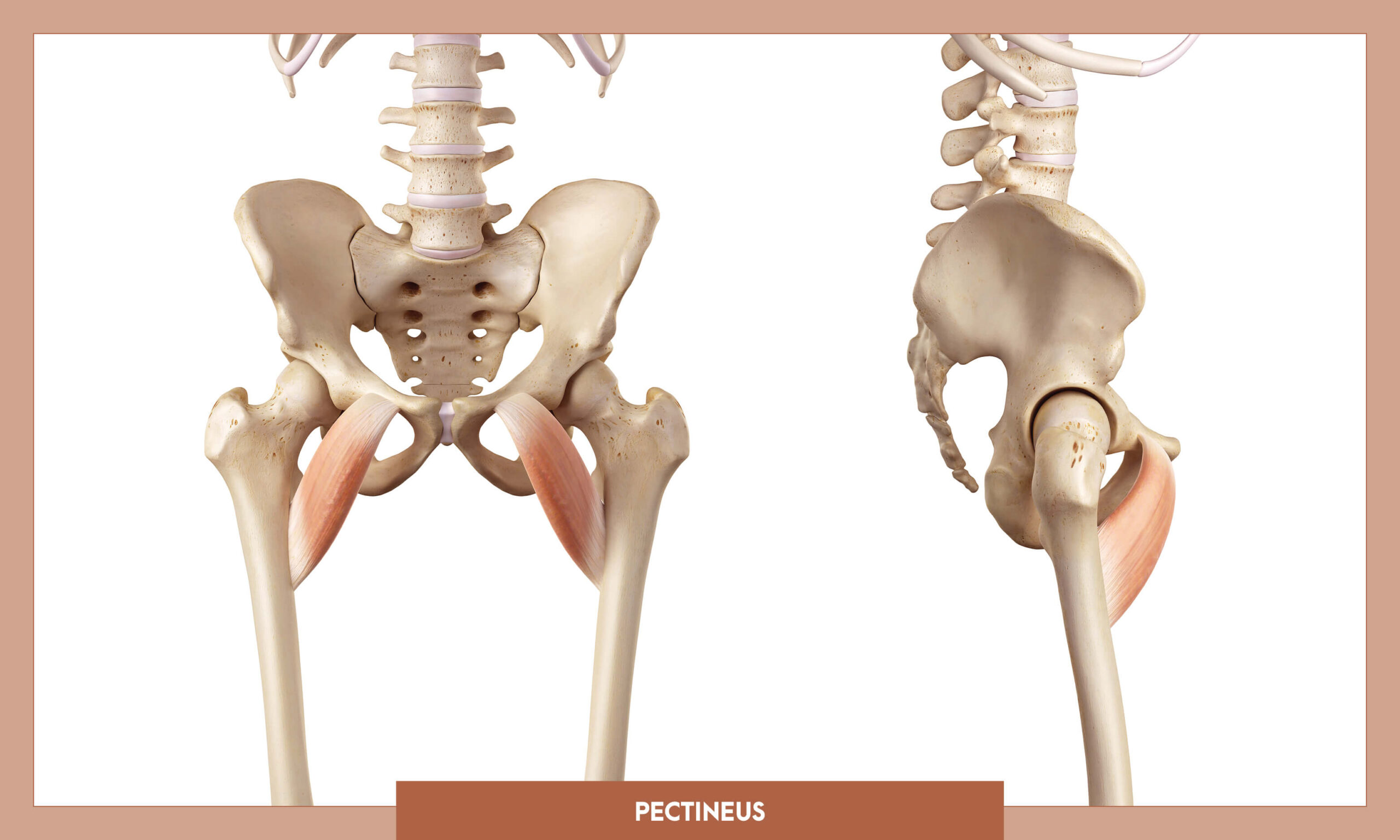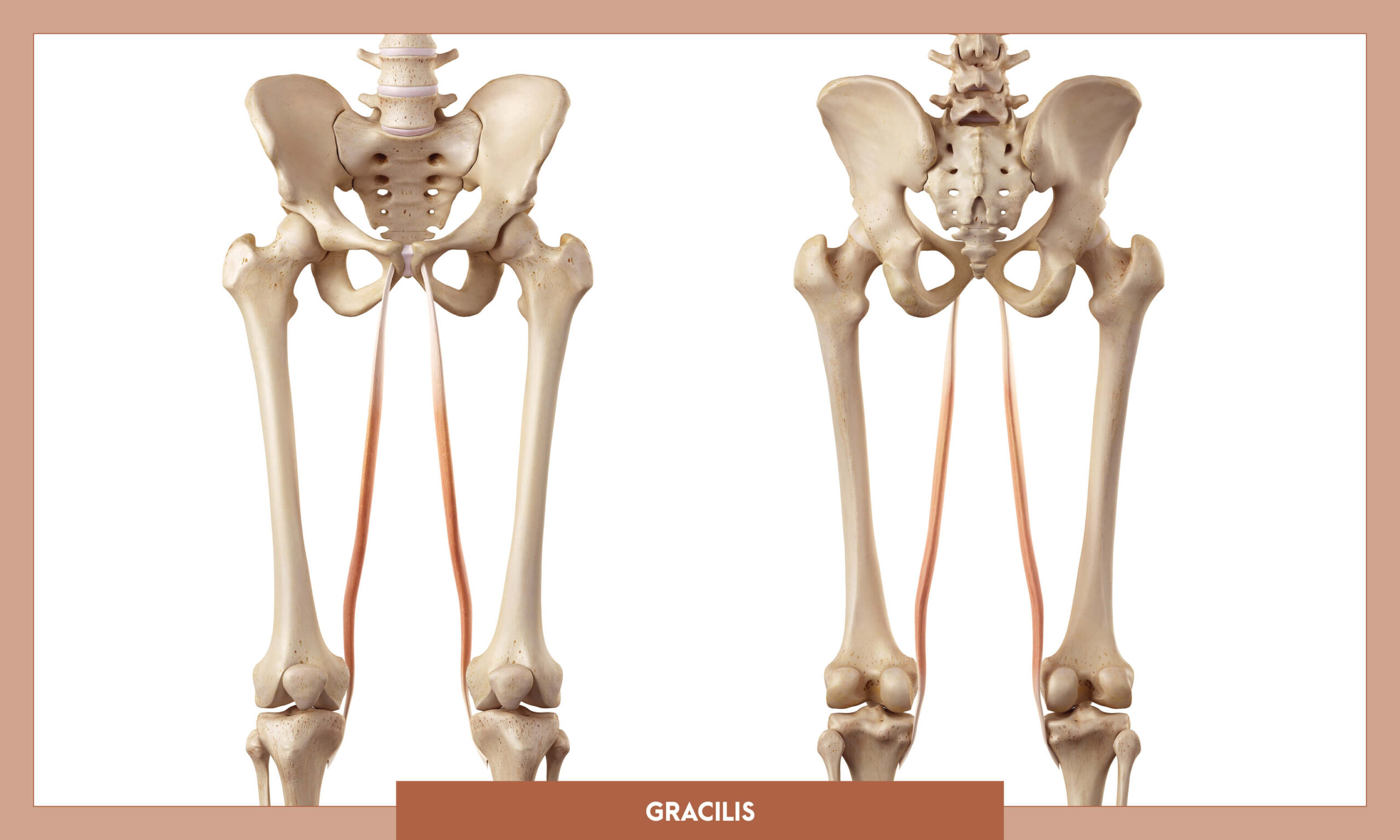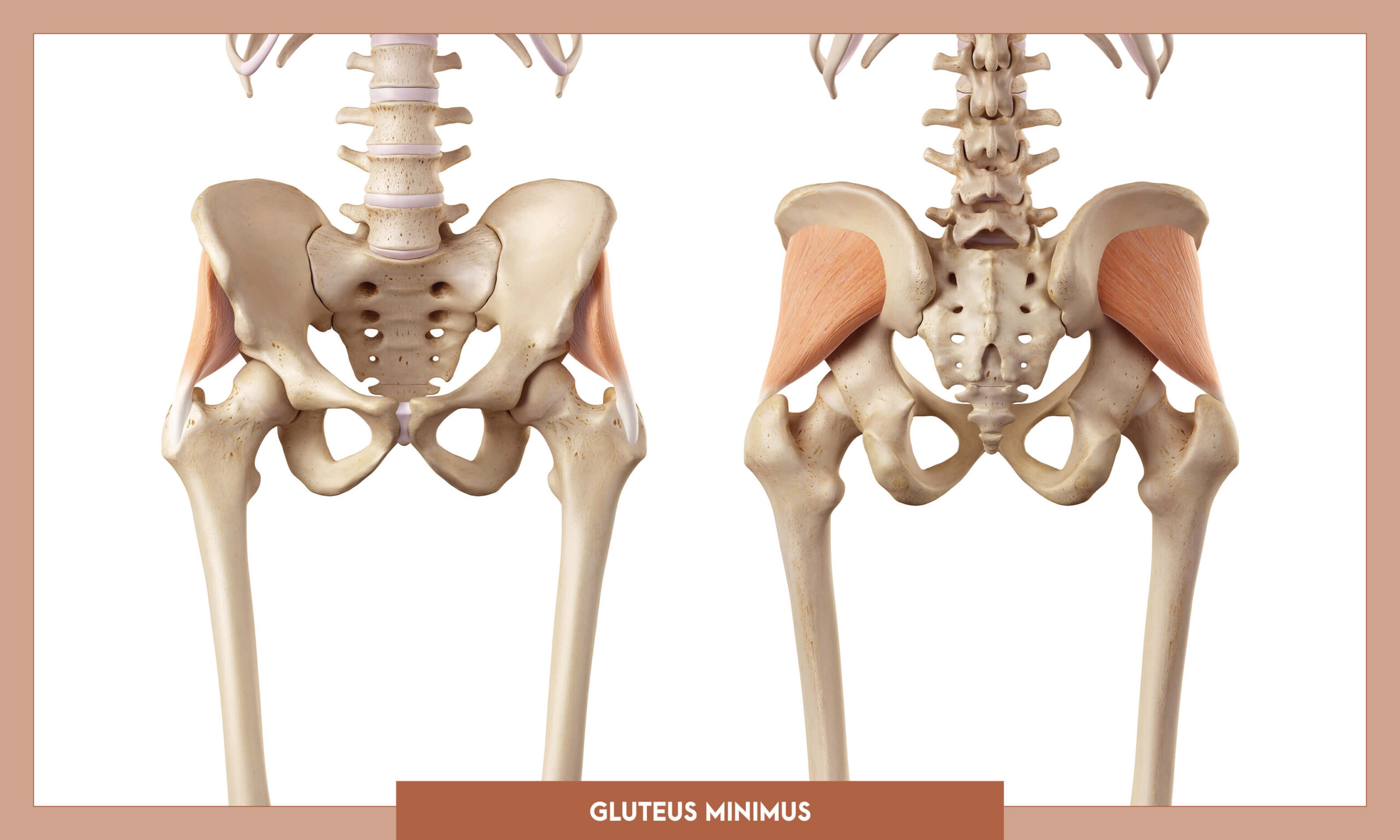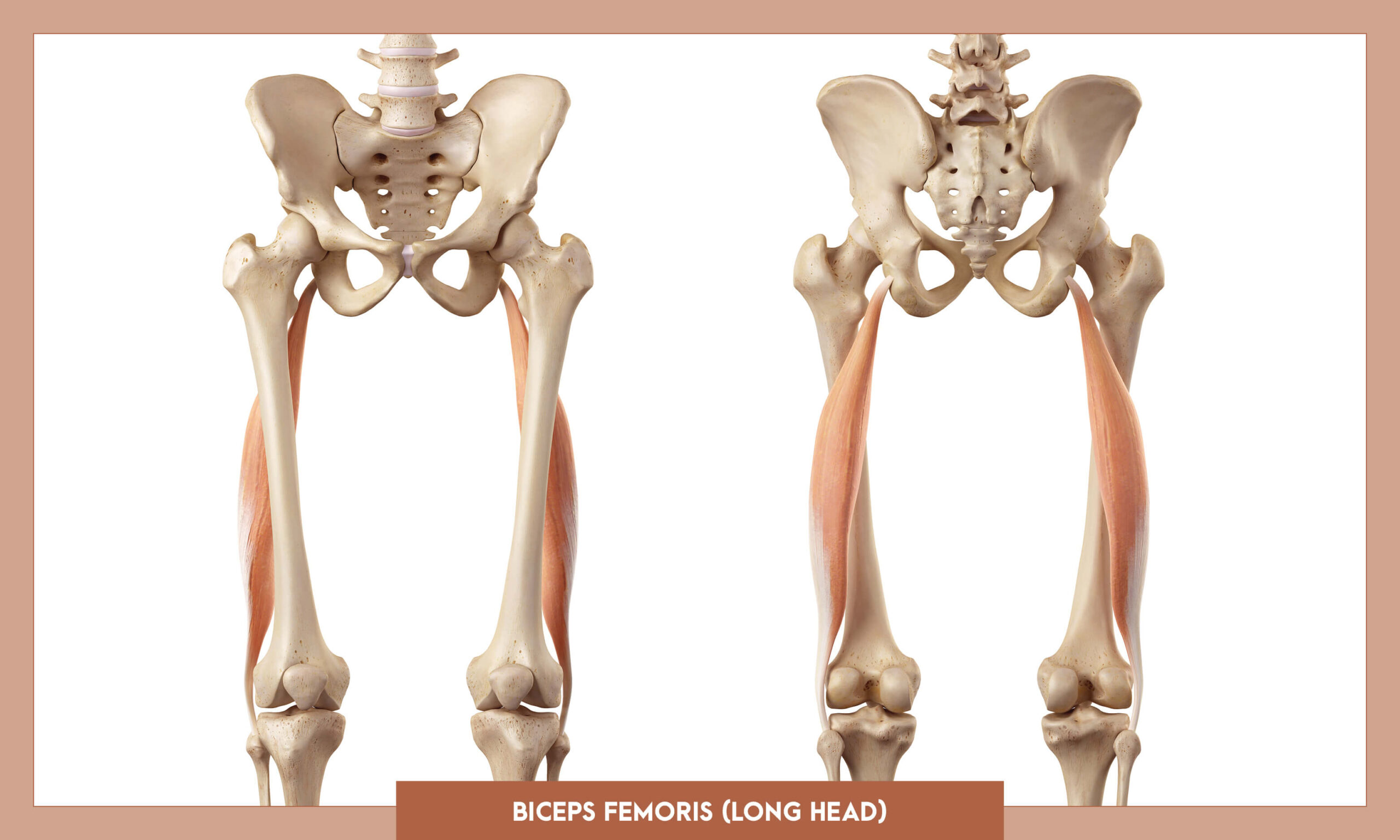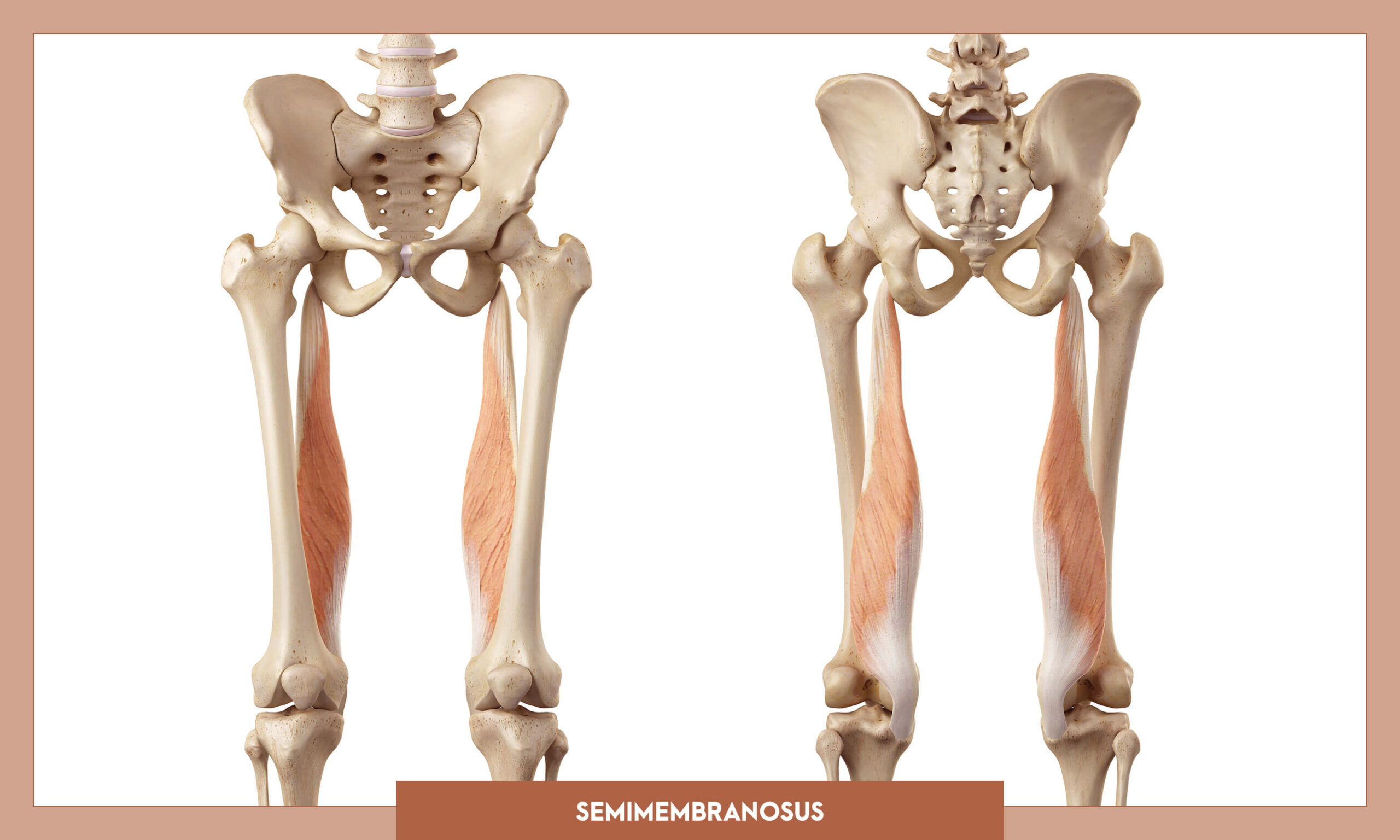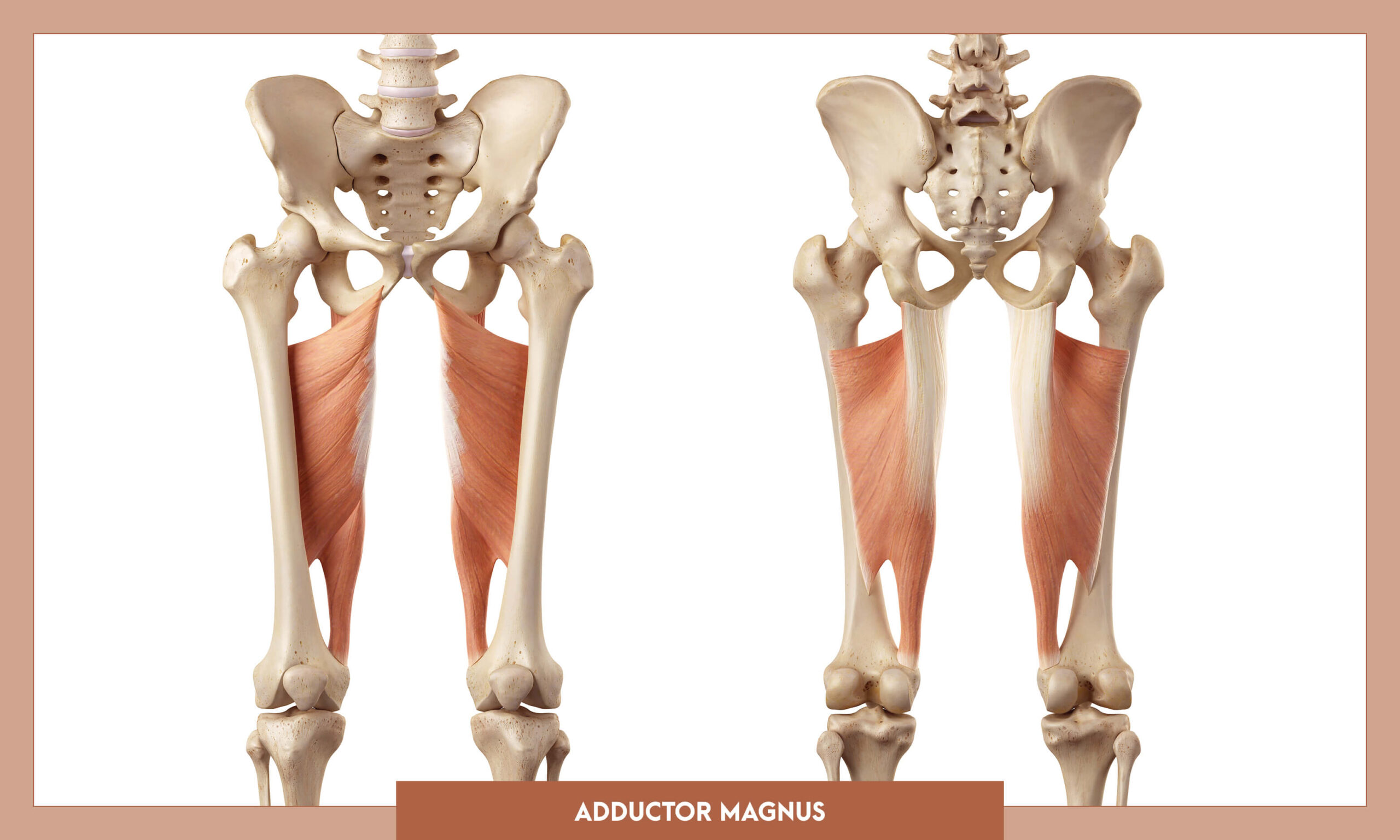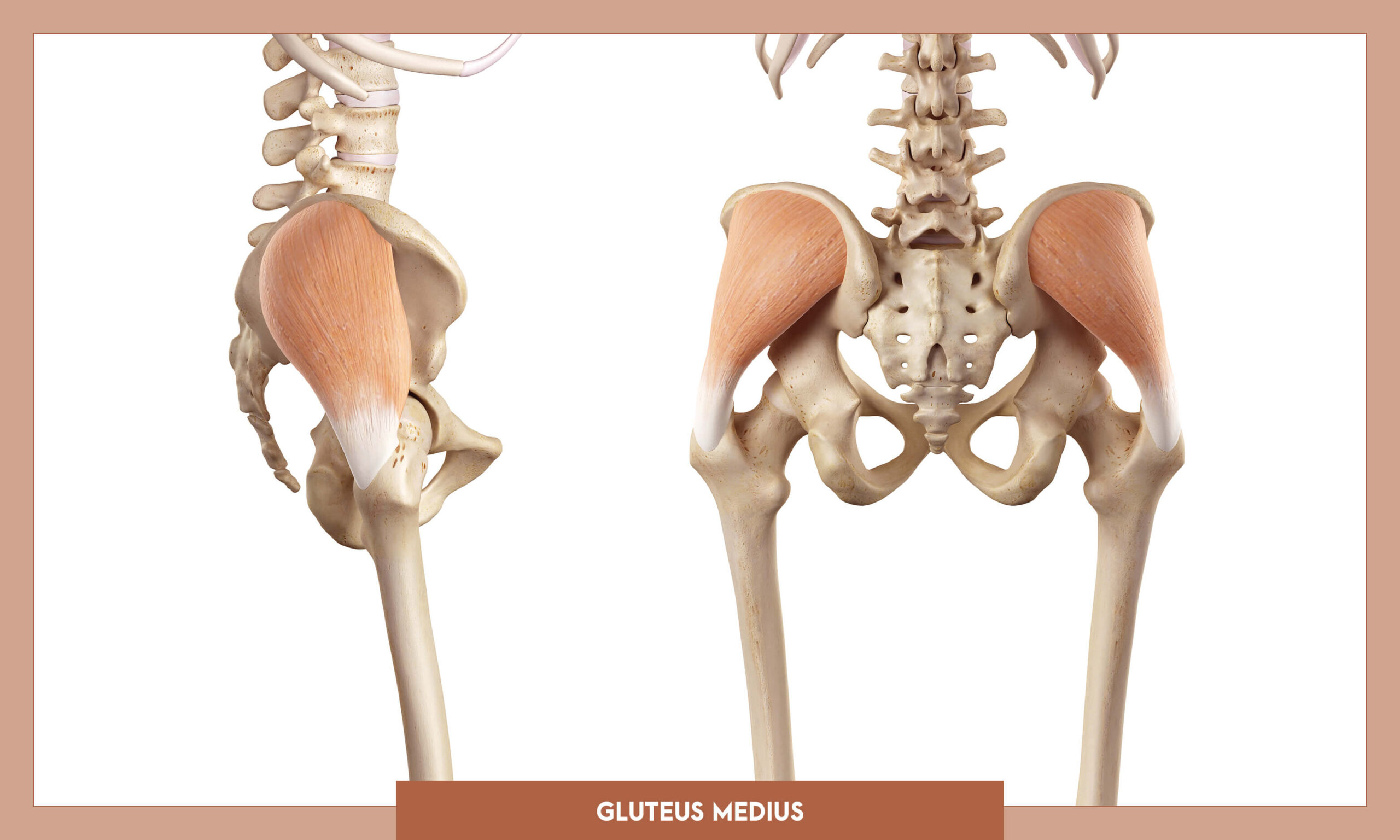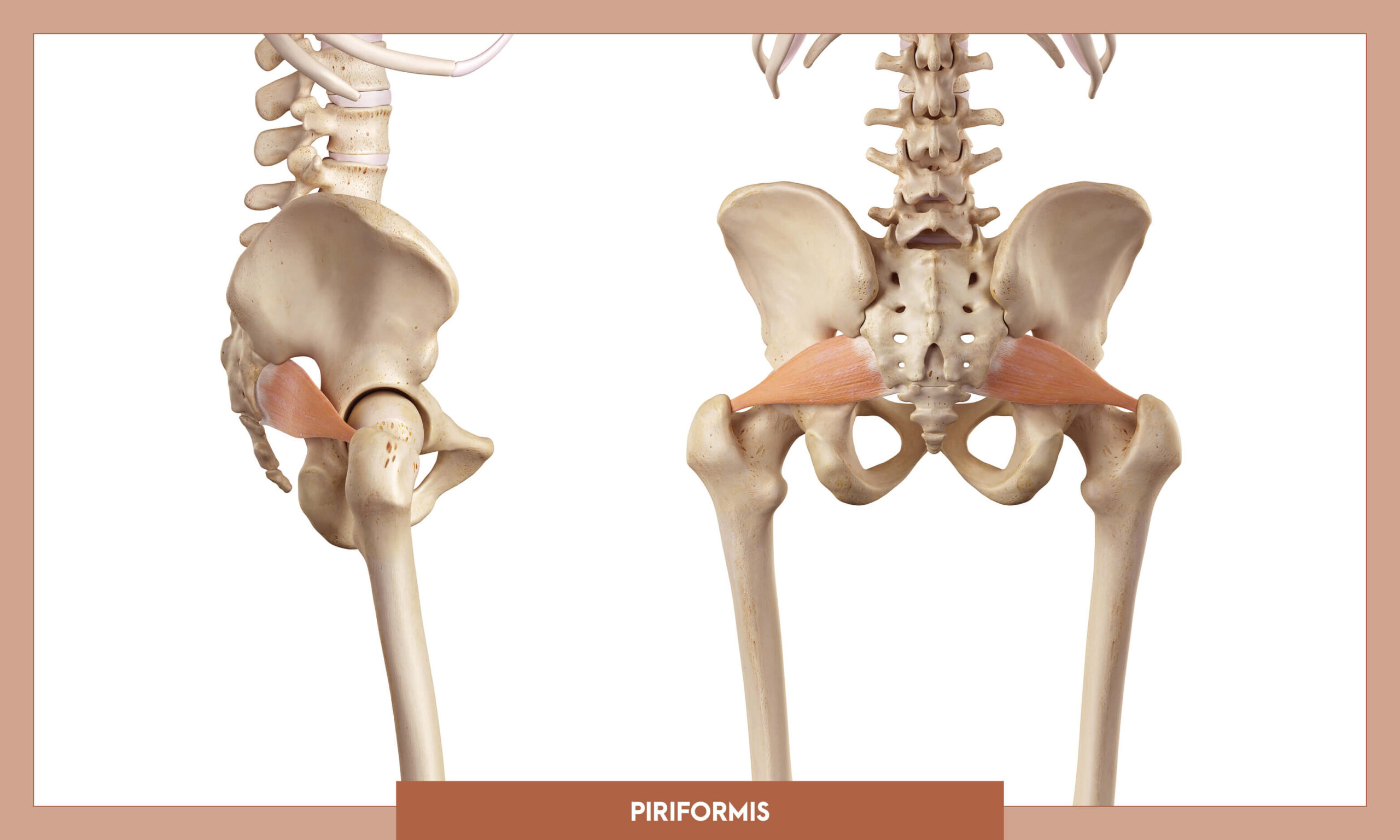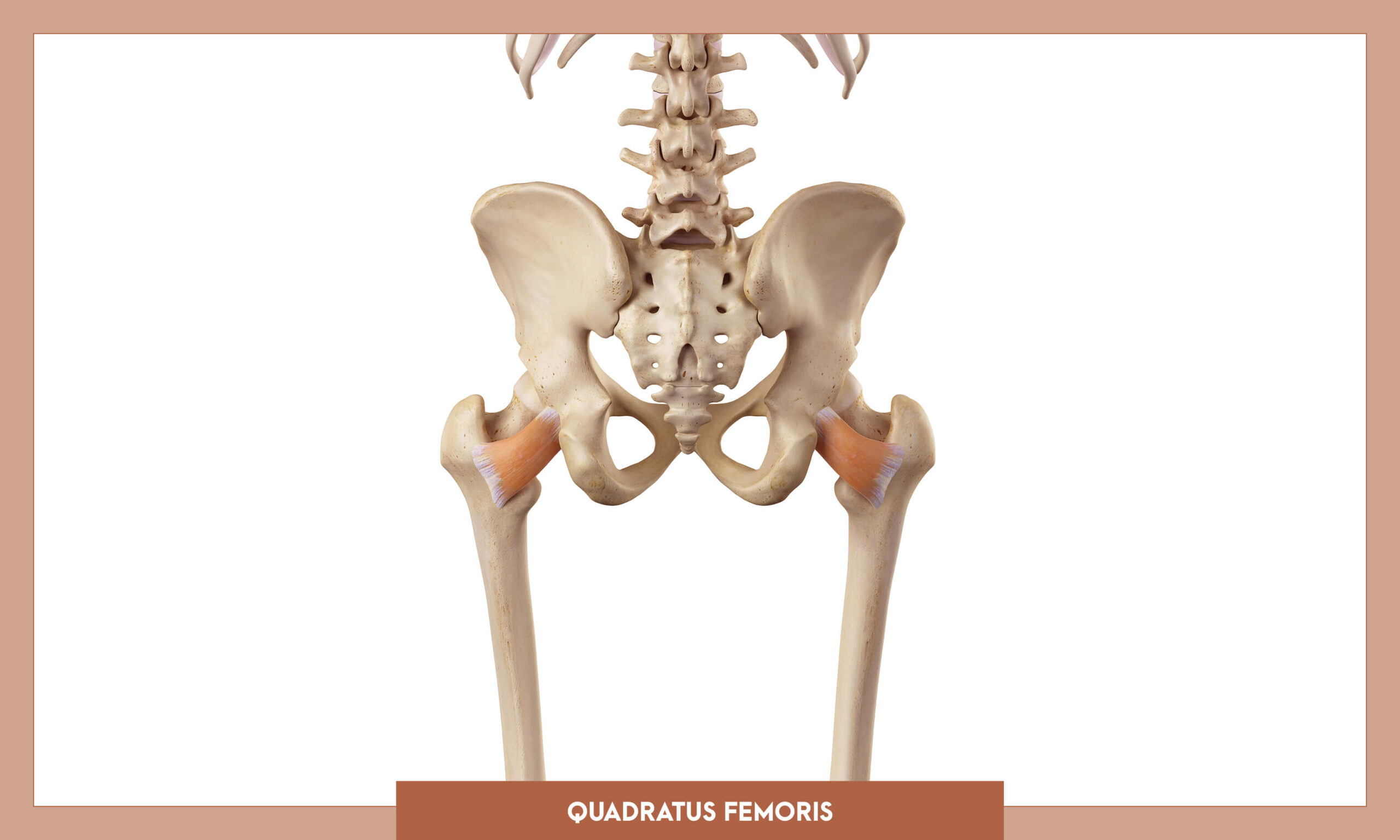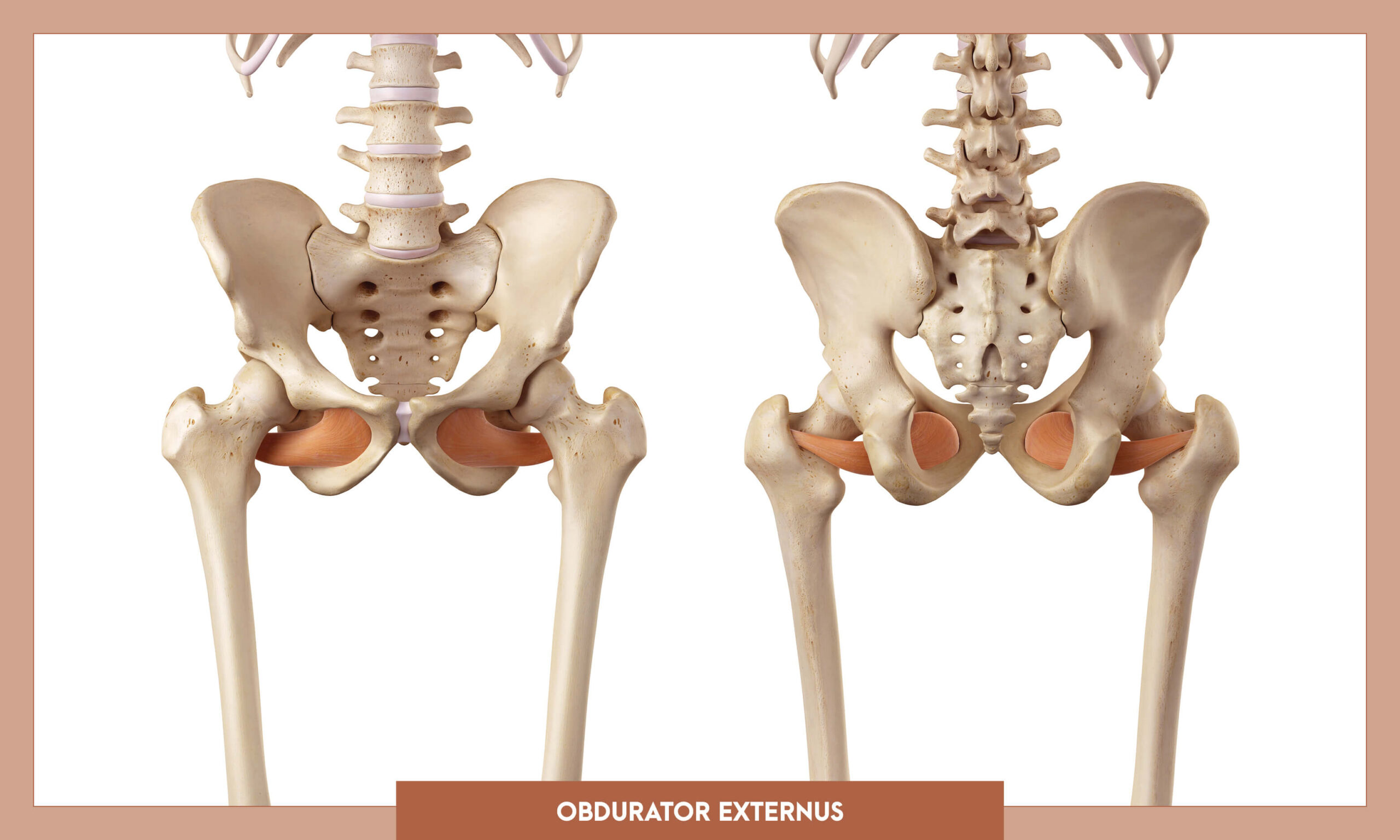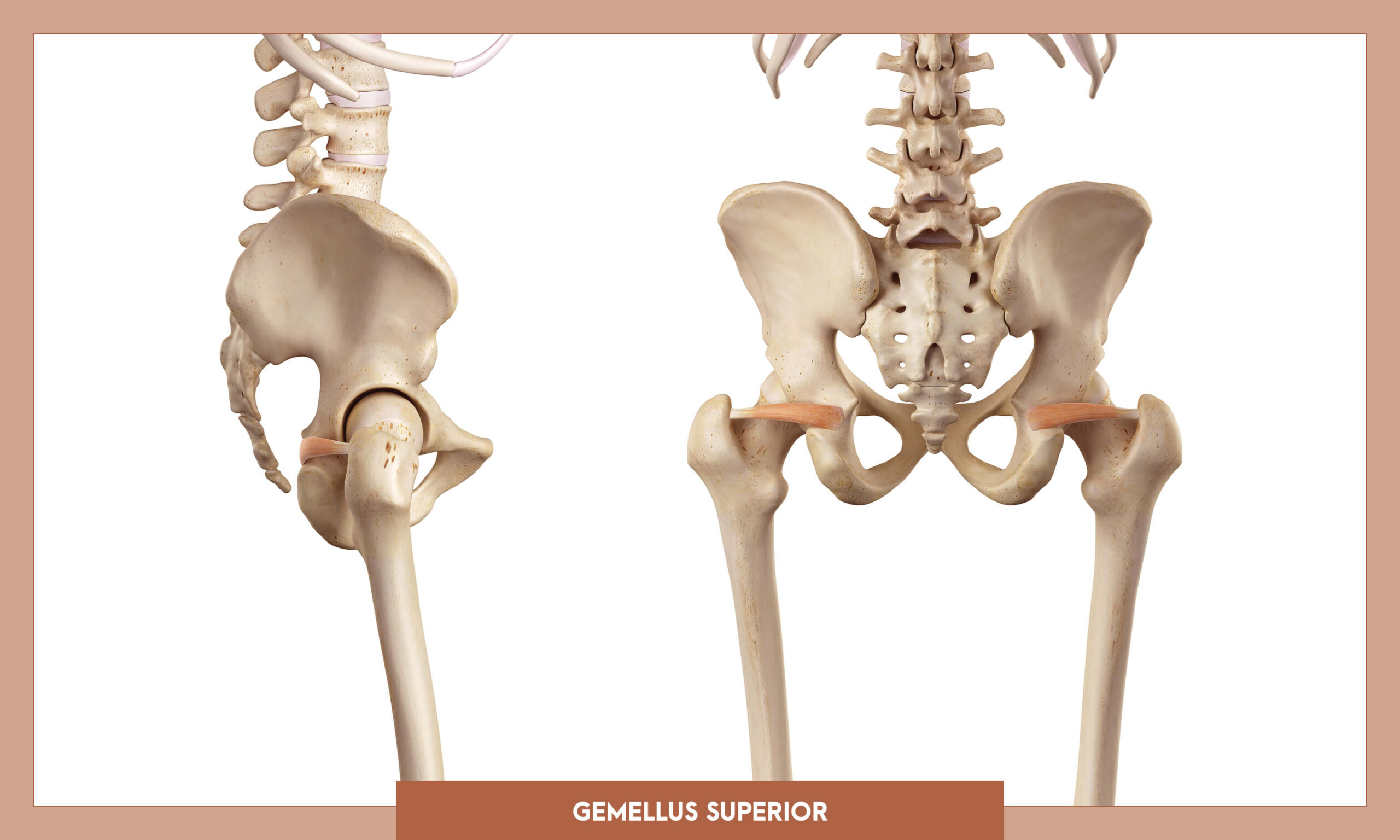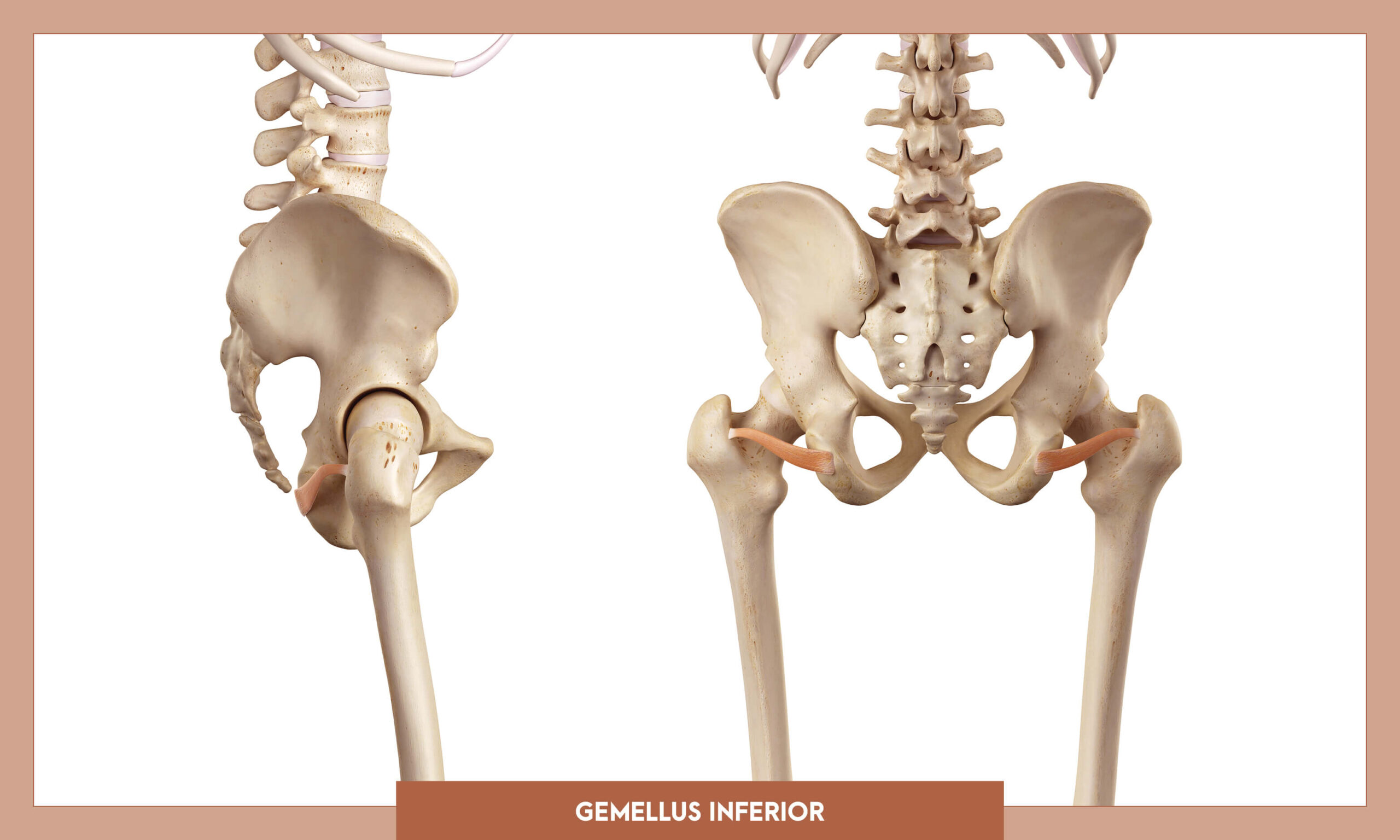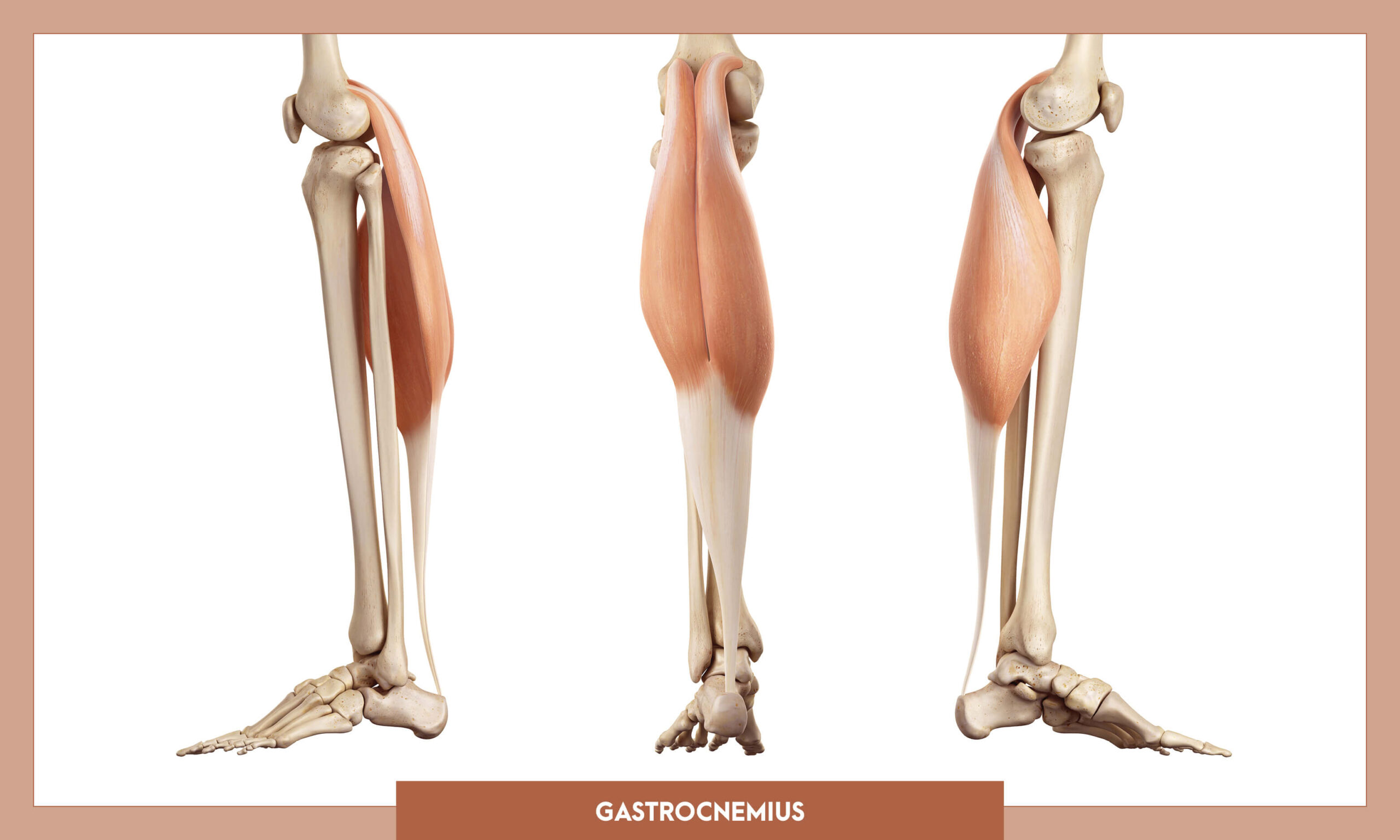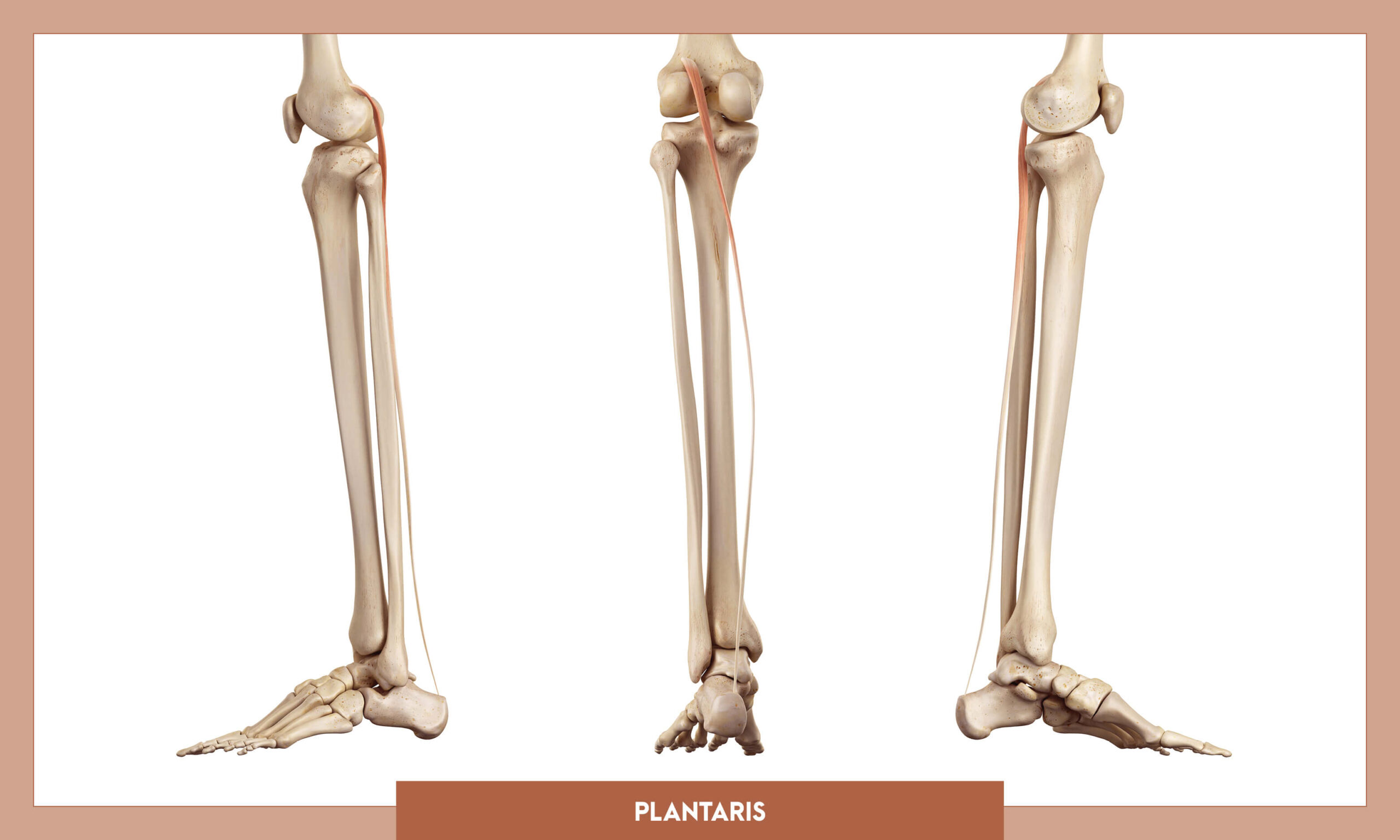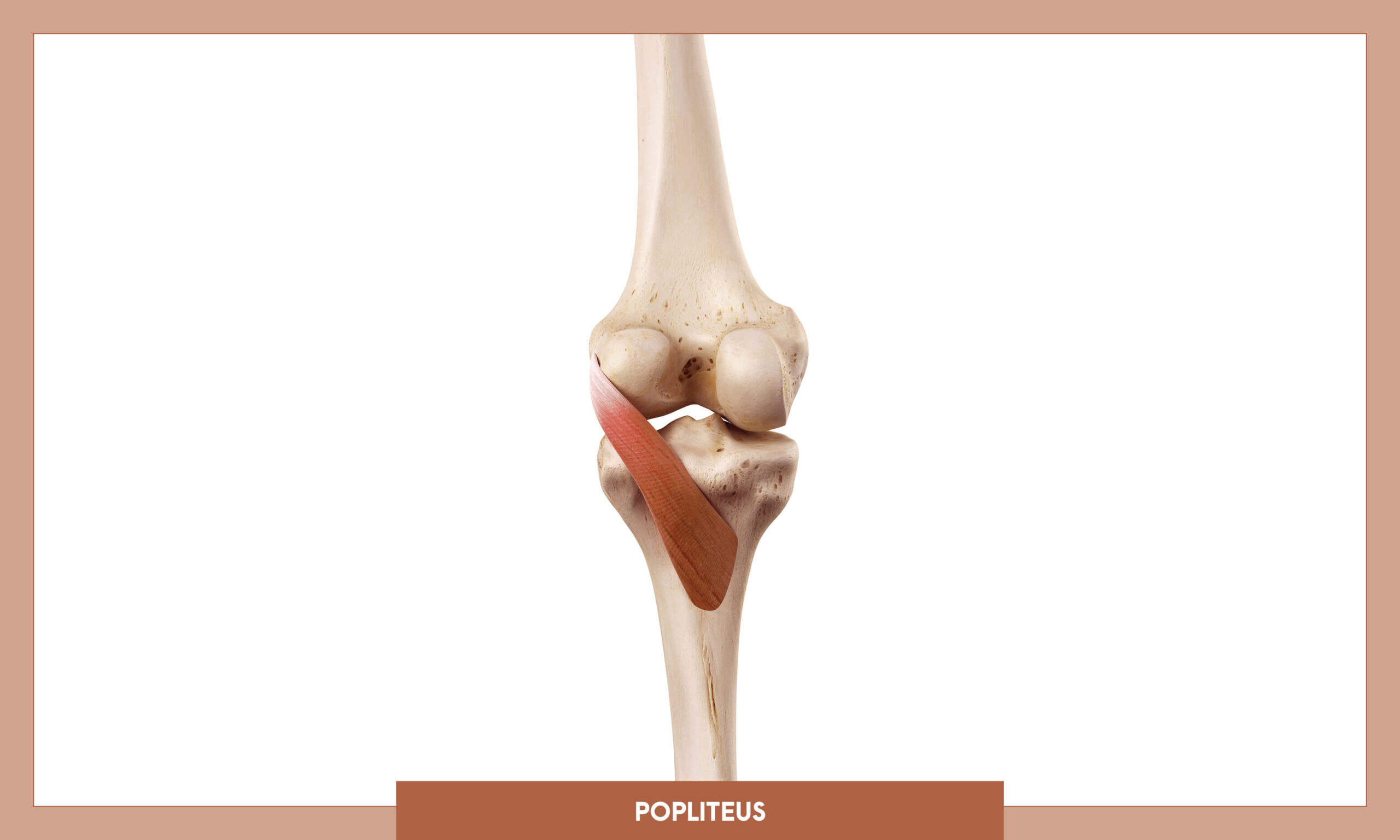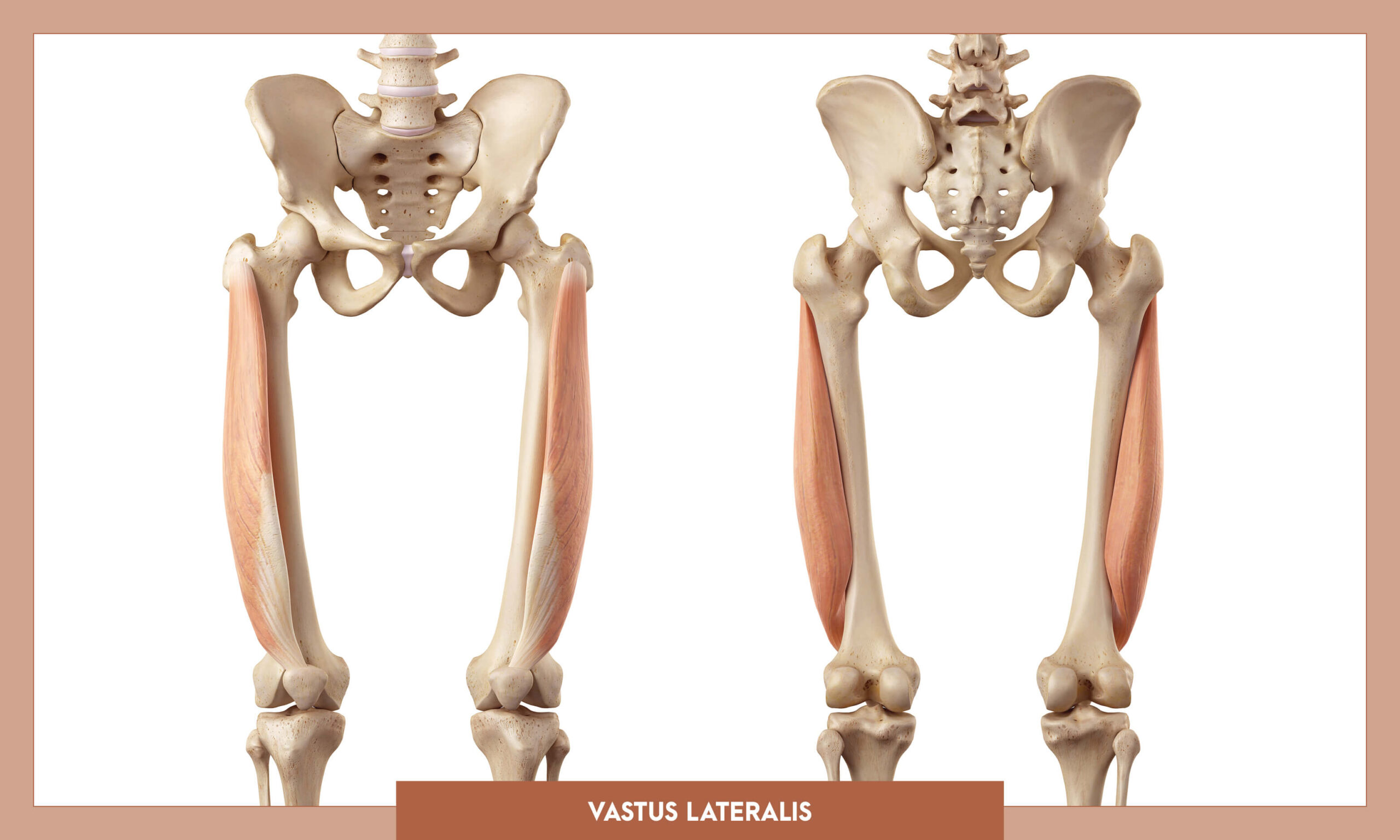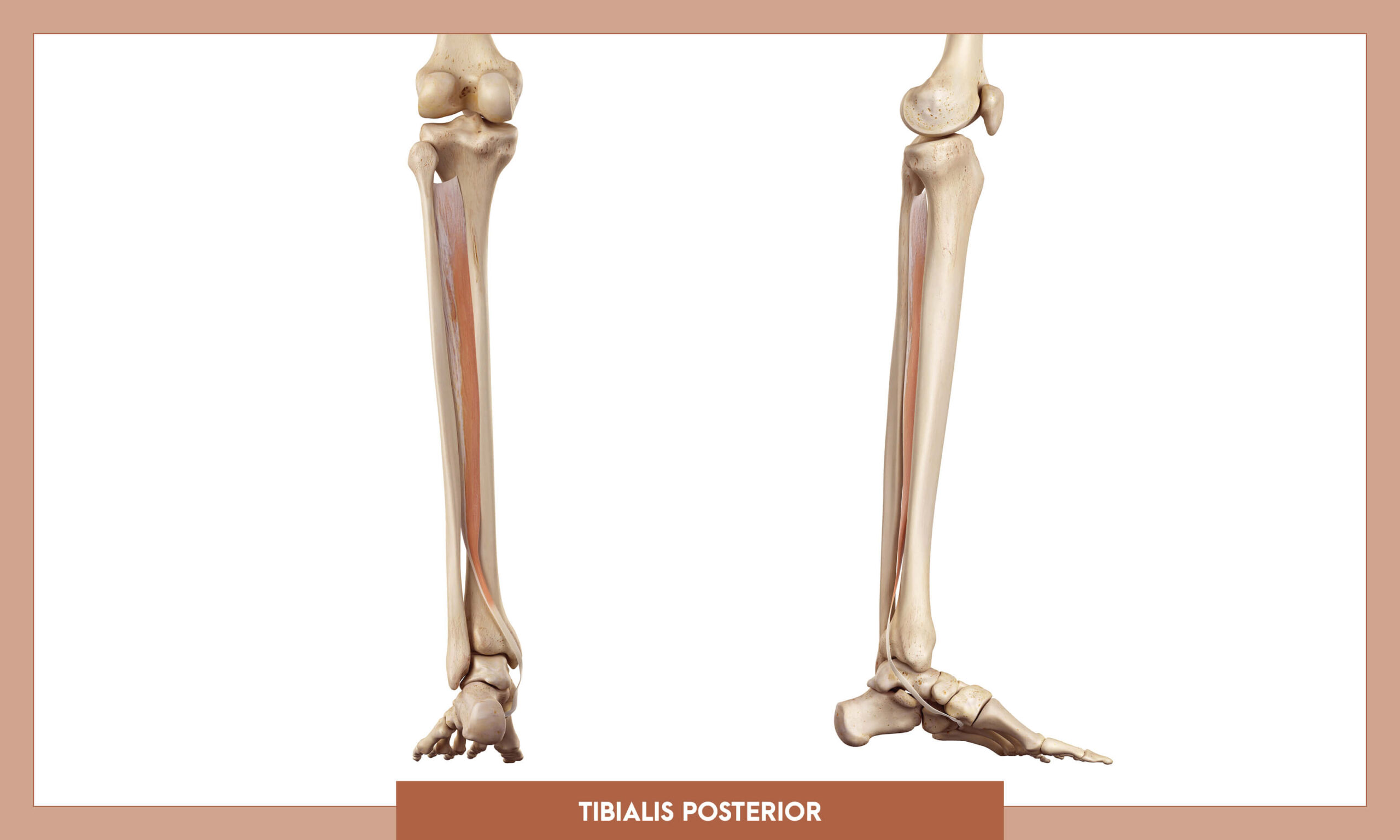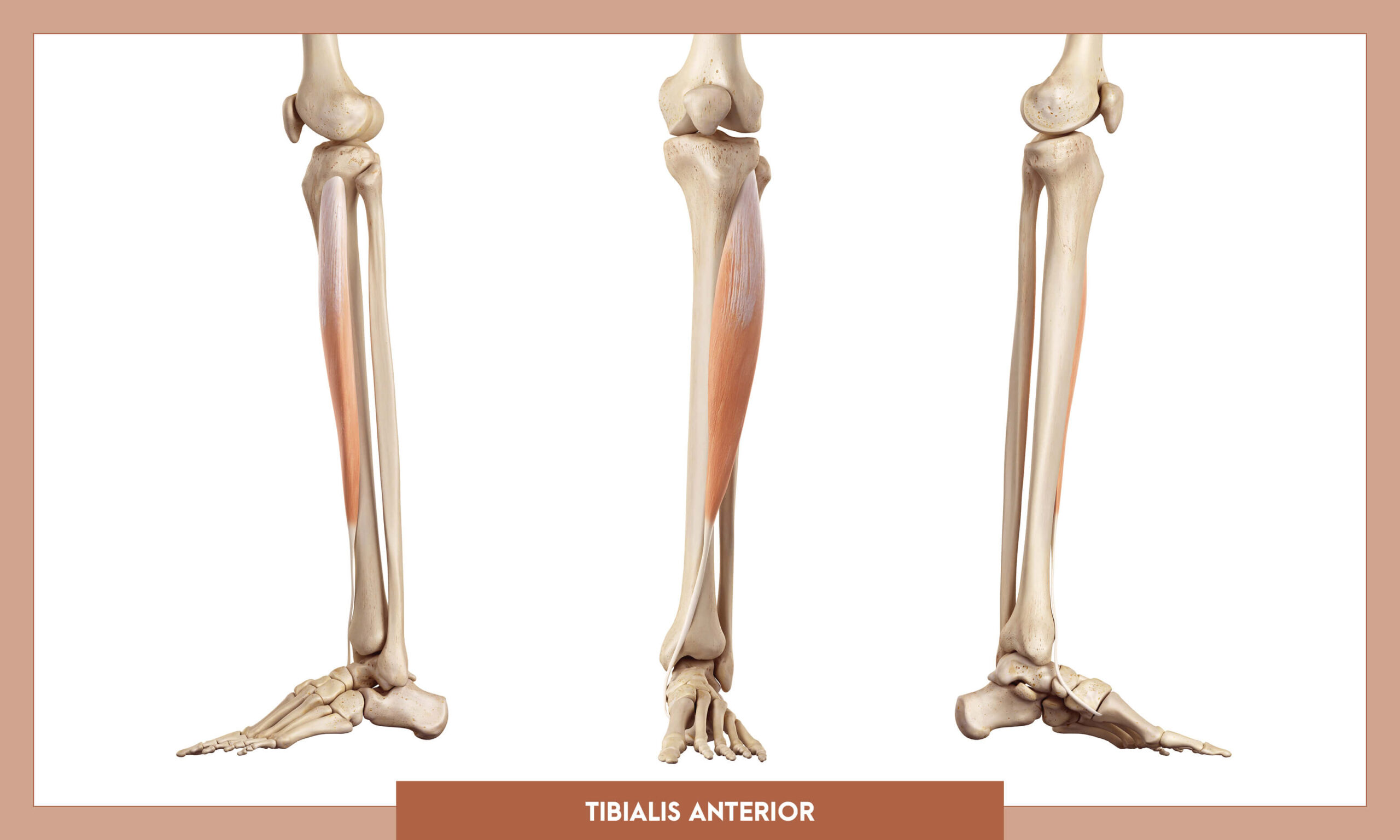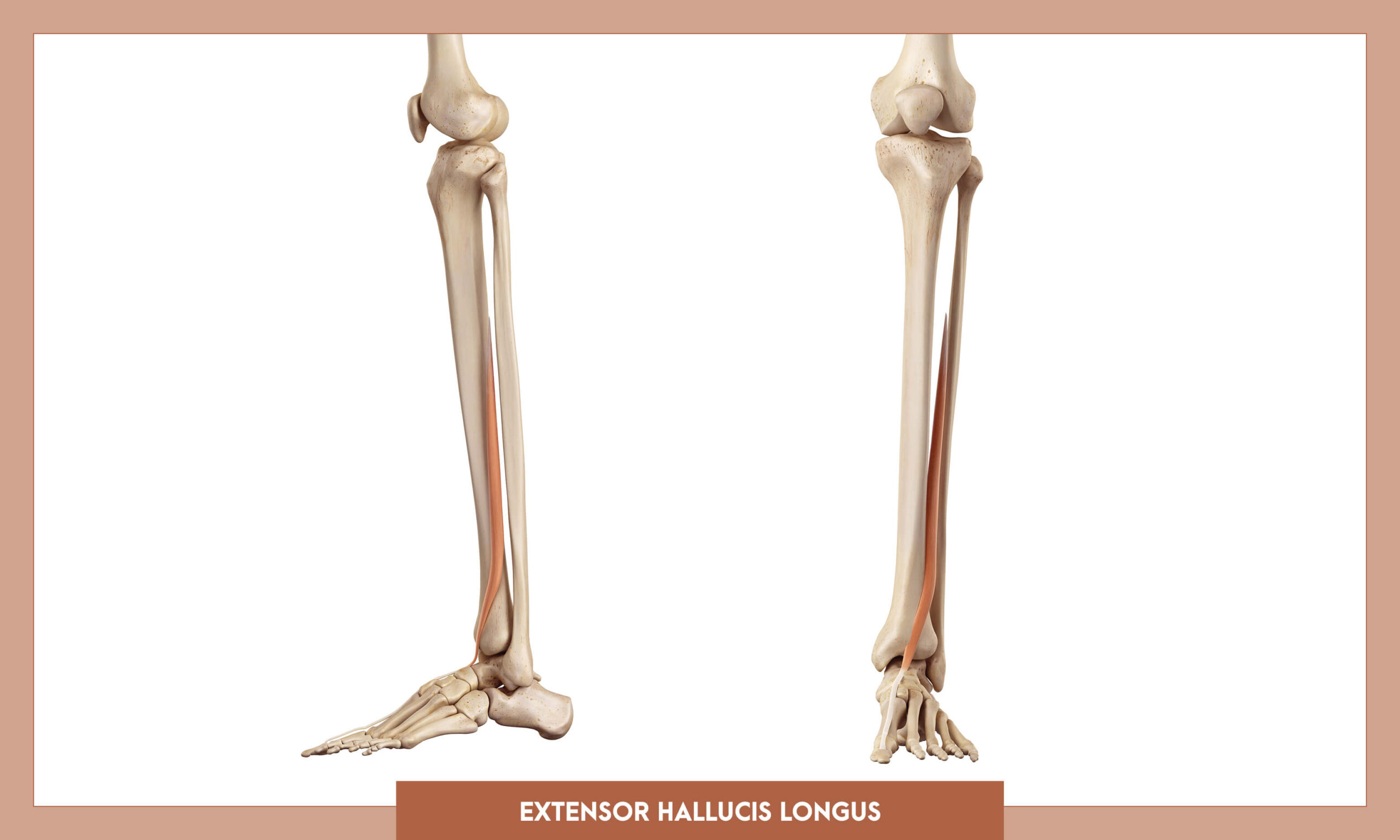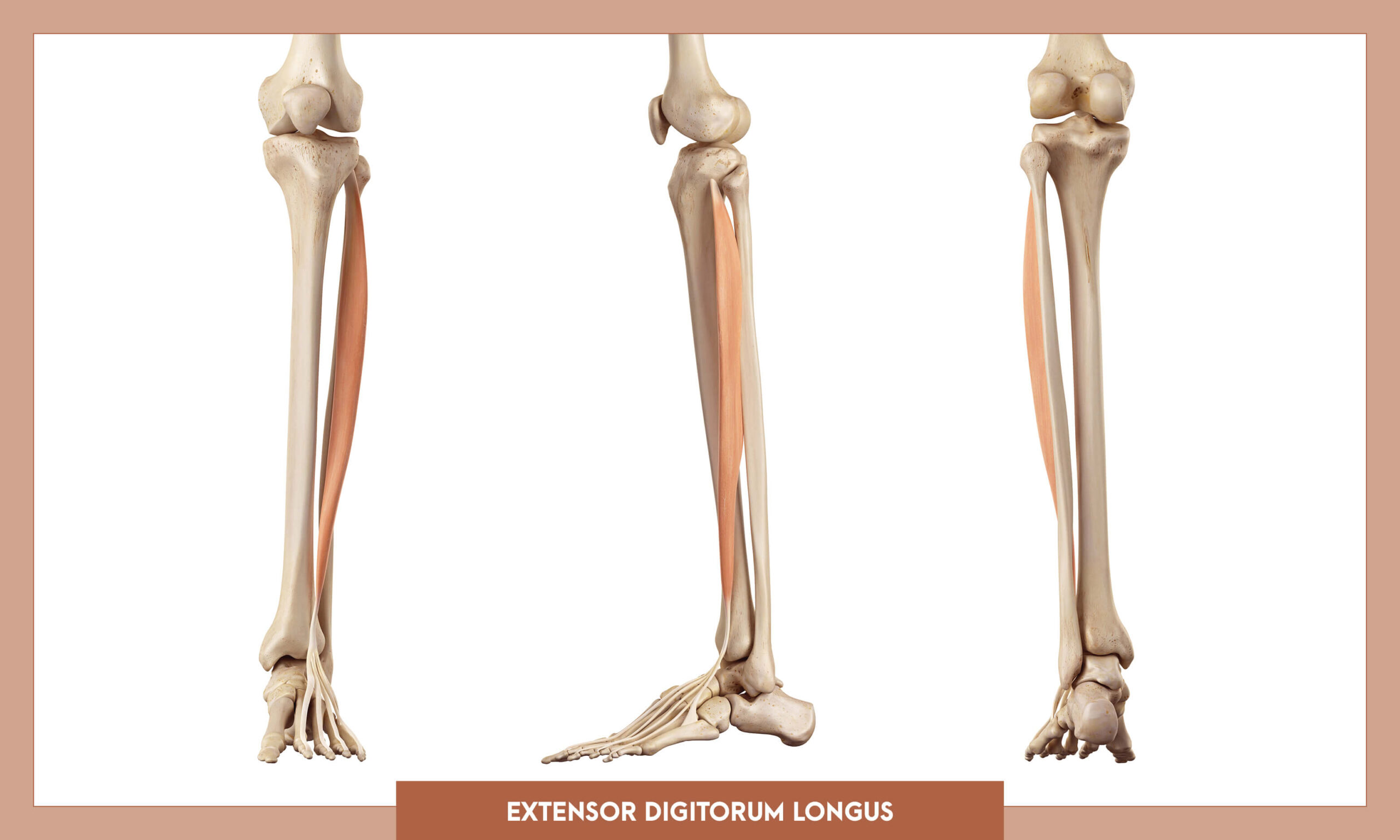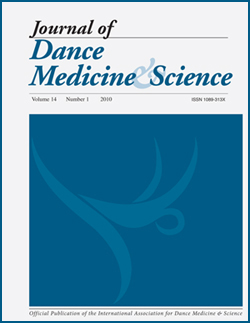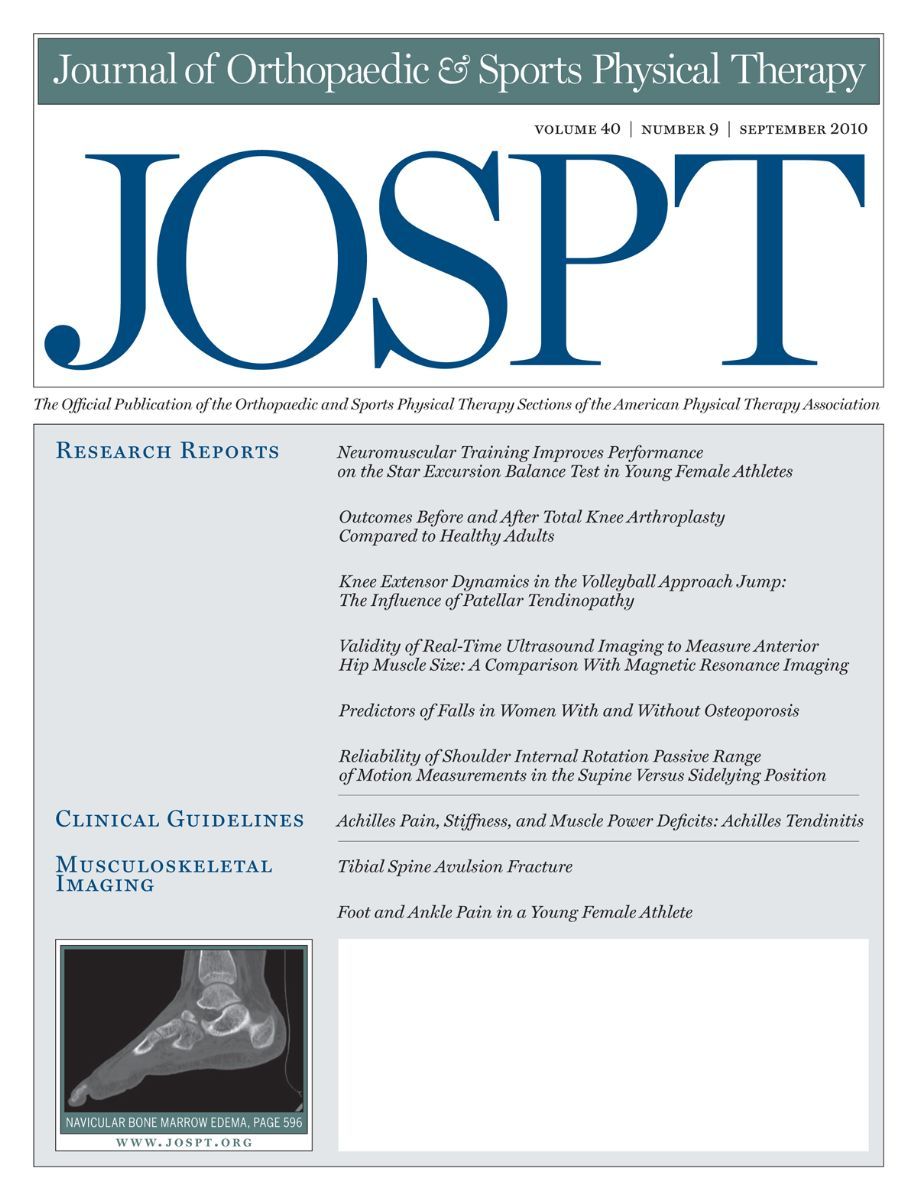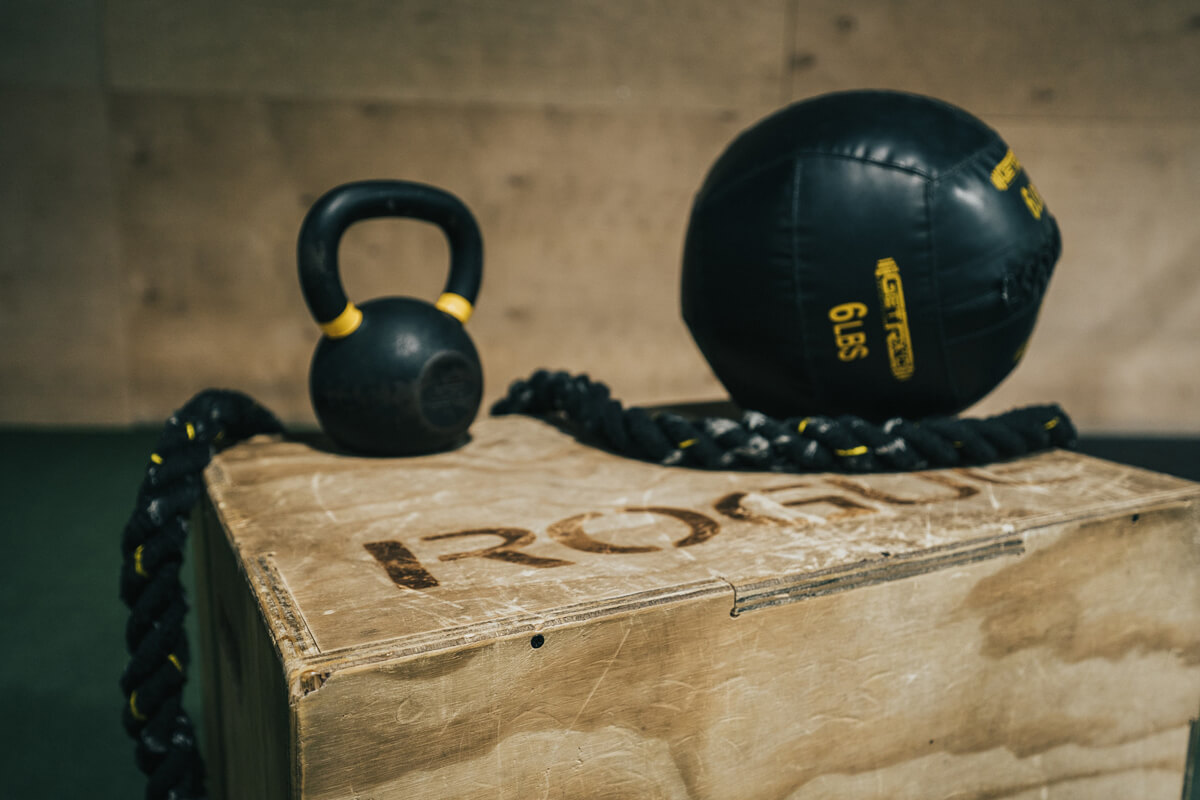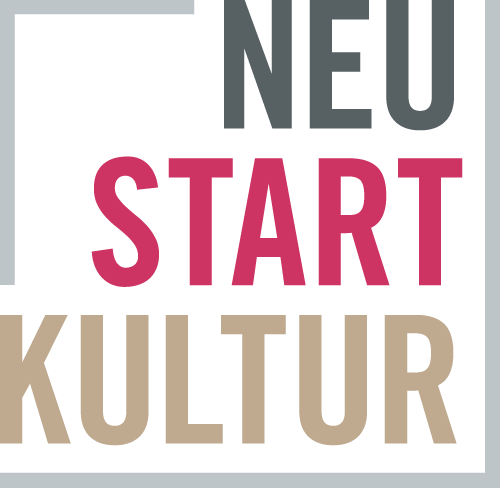DIS-TANZ DIARY #19
MUSCLES OF THE LOWER LIMB
May 14, 2021 in DIS-TANZ-SOLO
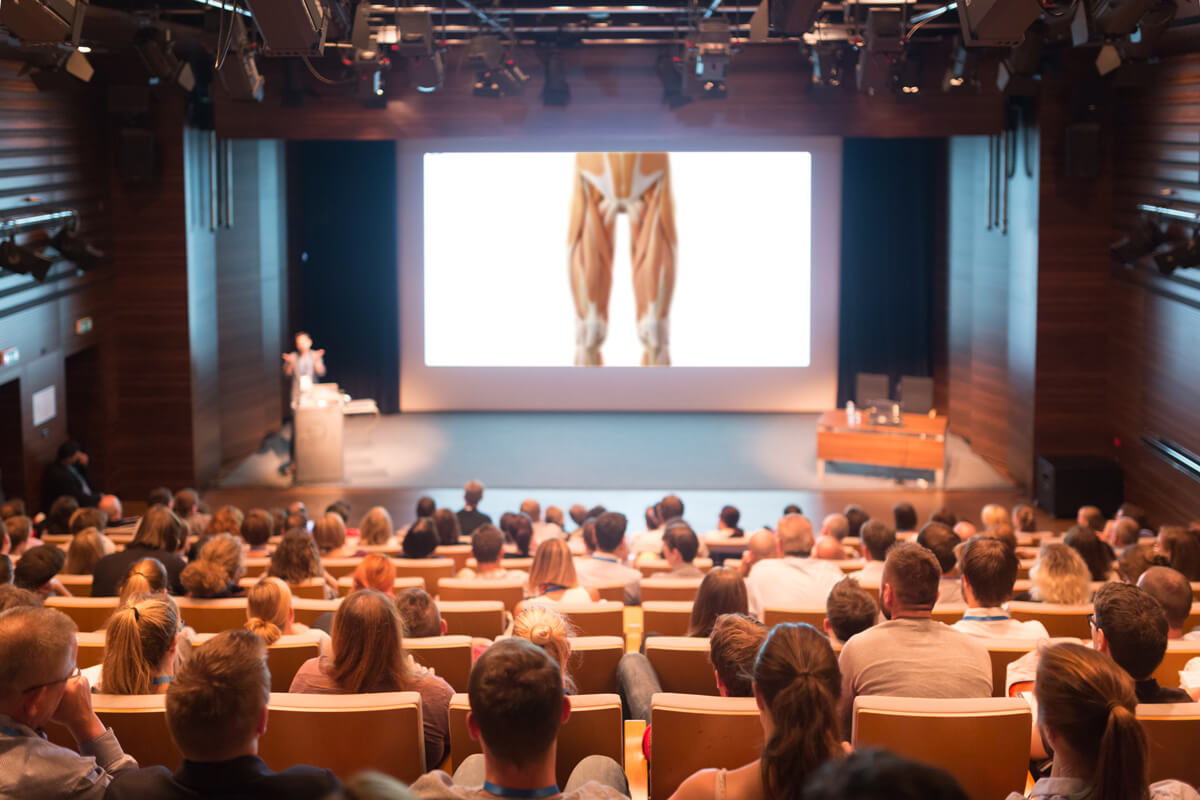
After examining the different types of movement at our joints in DIS-TANZ DIARY #18, this time we’ll take a closer look at the muscles of the lower limb and their function in relation to these different types of movement.
For knee and ankle we will focus on the main movements of these joints in order to keep this overview from becoming too extensive. So while the knee allows a small degree of medial and lateral rotation when flexed, we will focus on the muscles involved in knee flexion and extension. For the ankle, we will focus on plantar flexion and dorsiflexion since eversion / inversion and abduction / adduction are produced at the subtalar and more distal joints of the foot.
Let’s start with a few illustrations that show us how the muscles responsible for movements at the hip, knee, and ankle are arranged in the body, and then we’ll take another look at the corresponding muscles organized by their function.
